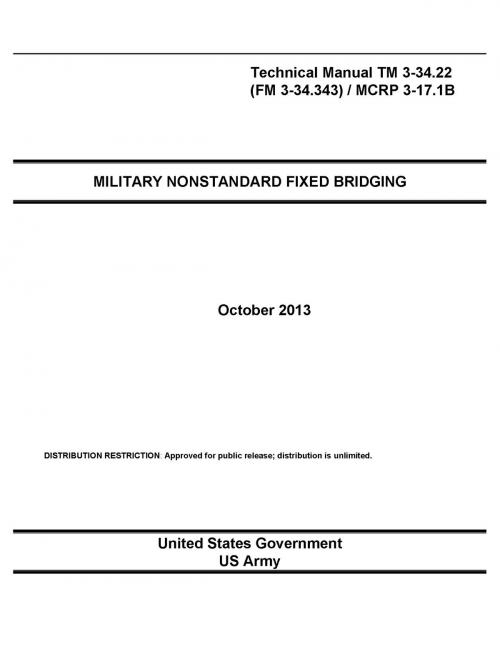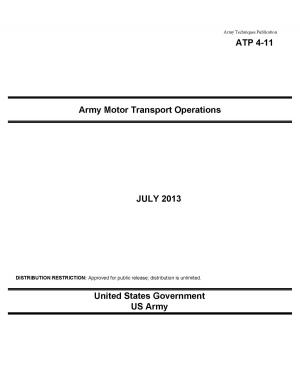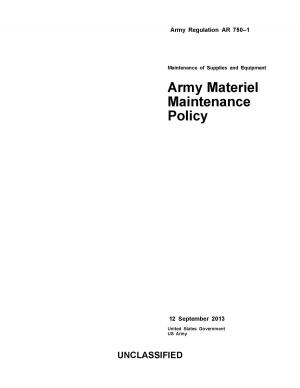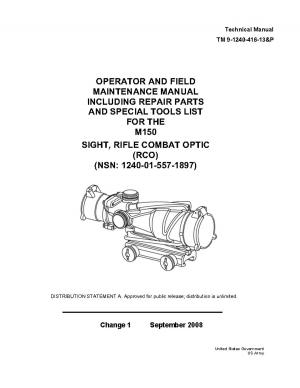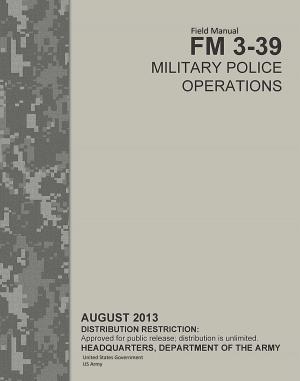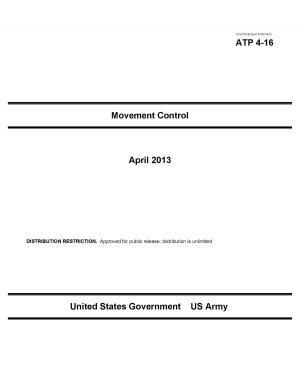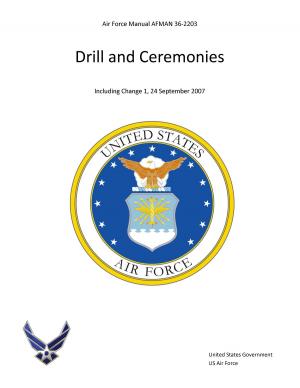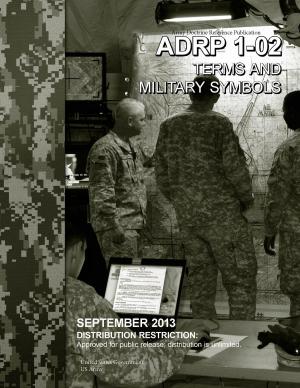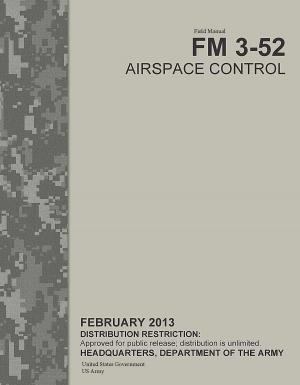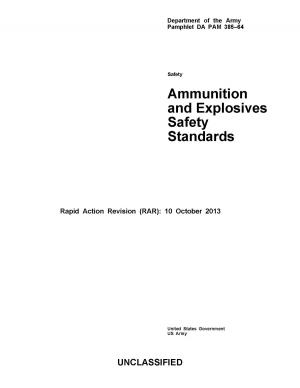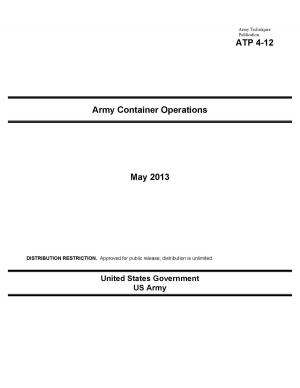Technical Manual TM 3-34.22 (FM 3-34.343) / MCRP 3-17.1B Military Nonstandard Fixed Bridging October 2013
Nonfiction, Science & Nature, Technology, Construction & Construction Trades, Engineering, Civil| Author: | United States Government US Army | ISBN: | 1230000198238 |
| Publisher: | eBook Publishing Team | Publication: | November 21, 2013 |
| Imprint: | Language: | English |
| Author: | United States Government US Army |
| ISBN: | 1230000198238 |
| Publisher: | eBook Publishing Team |
| Publication: | November 21, 2013 |
| Imprint: | |
| Language: | English |
This manual, Technical Manual TM 3-34.22 (FM 3-34.343) / MCRP 3-17.1B Military Nonstandard Fixed Bridging, provides essential technical information on nonstandard fixed bridges for engineer staff officers. It is the doctrinal source of information for the United States (US) Army on the North Atlantic Treaty Organization (NATO) Bridge and Vehicle Classification System. This manual also provides various methods for classifying and designing nonstandard fixed bridges in military theaters of operation (TOs).
This manual provides detailed technical data on the classification (analysis) and design of bridges. It is NOT intended to replace civilian classification or analysis codes and procedures and should NOT be used for civilian construction or classification. Engineer officers should note that the methods shown in this manual are for conservative classification and design. Qualified engineers also might use appropriate civilian methods for military classification and design.
Appendix A contains an English-to-metric measurement conversion chart.
TM 3-34.22 applies to the Active Army, Army National Guard/Army National Guard of the United States, and United States Army Reserve unless otherwise stated.
The proponent for this publication is HQ TRADOC, US Army Engineer School (USAES), Directorate of Training.
The provisions of this publication are the subject of the following international standardization agreements (STANAGs) and Quadripartite STANAG (QSTAG): STANAG 2010 Engineer (ENGR) (Edition 5), STANAG 2021 ENGR (Edition 5), STANAG 2101 Land Force Tactical Doctrine and Operational Procedures (TOP) (Edition 10), and QSTAG 180 (Edition 4).
PART ONE BASIC CONSIDERATIONS
Chapter 1 BACKGROUND INFORMATION
Chapter 2 RECONNAISSANCE AND PRELIMINARTY INVESTIGATIONS
PART TWO CLASSIFICATION, REINFORCEMENT AND REPAIR, AND POSTING
Chapter 3 CLASSIFICATION
Chapter 4 REINFORCEMENT AND REPAIR
Chapter 5 POSTING
PART THREE DESIGN
Chapter 6 BRIDGE SUPERSTRUCTURES
Chapter 7 SUBSTRUCTURE DESIGN
Chapter 8 SUSPENSION-BRIDGE DESIGN
Chapter 9 CONNECTIONS
Chapter 10 CONSTRUCTION
Chapter 11 INSPECTION AND MAINTENANCE
Chapter 12 BRIDGING IN ARCTIC AND SUB ARCTIC ENVIRONMENTS
Appendix A CONVERSION CHARTS
Appendix B VEHICLE CLASSIFICATION
Appendix C TIMBER PROPERTIES
Appendix D STEEL PROPERTIES
Appendix E STRUCTURAL MECHANICS
Appendix F CLASSIFICATION EXAMPLES
Appendix G CONCRETE PROPERTIES
Appendix H SOIL PROPERTIES
Appendix I SUPERSTRUCTURE EXAMPLES
This manual, Technical Manual TM 3-34.22 (FM 3-34.343) / MCRP 3-17.1B Military Nonstandard Fixed Bridging, provides essential technical information on nonstandard fixed bridges for engineer staff officers. It is the doctrinal source of information for the United States (US) Army on the North Atlantic Treaty Organization (NATO) Bridge and Vehicle Classification System. This manual also provides various methods for classifying and designing nonstandard fixed bridges in military theaters of operation (TOs).
This manual provides detailed technical data on the classification (analysis) and design of bridges. It is NOT intended to replace civilian classification or analysis codes and procedures and should NOT be used for civilian construction or classification. Engineer officers should note that the methods shown in this manual are for conservative classification and design. Qualified engineers also might use appropriate civilian methods for military classification and design.
Appendix A contains an English-to-metric measurement conversion chart.
TM 3-34.22 applies to the Active Army, Army National Guard/Army National Guard of the United States, and United States Army Reserve unless otherwise stated.
The proponent for this publication is HQ TRADOC, US Army Engineer School (USAES), Directorate of Training.
The provisions of this publication are the subject of the following international standardization agreements (STANAGs) and Quadripartite STANAG (QSTAG): STANAG 2010 Engineer (ENGR) (Edition 5), STANAG 2021 ENGR (Edition 5), STANAG 2101 Land Force Tactical Doctrine and Operational Procedures (TOP) (Edition 10), and QSTAG 180 (Edition 4).
PART ONE BASIC CONSIDERATIONS
Chapter 1 BACKGROUND INFORMATION
Chapter 2 RECONNAISSANCE AND PRELIMINARTY INVESTIGATIONS
PART TWO CLASSIFICATION, REINFORCEMENT AND REPAIR, AND POSTING
Chapter 3 CLASSIFICATION
Chapter 4 REINFORCEMENT AND REPAIR
Chapter 5 POSTING
PART THREE DESIGN
Chapter 6 BRIDGE SUPERSTRUCTURES
Chapter 7 SUBSTRUCTURE DESIGN
Chapter 8 SUSPENSION-BRIDGE DESIGN
Chapter 9 CONNECTIONS
Chapter 10 CONSTRUCTION
Chapter 11 INSPECTION AND MAINTENANCE
Chapter 12 BRIDGING IN ARCTIC AND SUB ARCTIC ENVIRONMENTS
Appendix A CONVERSION CHARTS
Appendix B VEHICLE CLASSIFICATION
Appendix C TIMBER PROPERTIES
Appendix D STEEL PROPERTIES
Appendix E STRUCTURAL MECHANICS
Appendix F CLASSIFICATION EXAMPLES
Appendix G CONCRETE PROPERTIES
Appendix H SOIL PROPERTIES
Appendix I SUPERSTRUCTURE EXAMPLES
